Understanding the Skin Grafting Process
At Shellharbour Skin, a consultation with Dr Barney Gordon provides an opportunity to discuss appropriate management options following the removal of a skin cancer or other lesion. One possible surgical method that may be discussed is a skin graft, a technique used to provide coverage for an area where skin has been removed.

What Are Skin Grafts?
A skin graft involves transferring a section of skin g skin from one area of the body (the donor site) and transplanting it to another (the recipient site). This approach may be considered to protect the underlying tissue and support healing after excision. The specific type of graft, donor site, and placement will be discussed with you as part of your consultation.
There are two main categories:
- Partial Thickness Skin Grafts (Split-Thickness Grafts):
- These grafts include the epidermis (the outer layer of skin) and a portion of the dermis.
- Often considered as an option for covering broader surface areas.
- The donor site generally heals without sutures but requires appropriate wound care.
- Full Thickness Skin Grafts:
- Contain both the epidermis and entire dermis.
- May be discussed for areas where texture, thickness, or contour are important (for example, the face).
- The donor site usually requires closure with sutures, and healing expectations will be reviewed with you.
Understanding the Goals of a Skin Graft
- The primary purpose of a skin graft is to restore skin coverage to a wound so the body’s natural healing process can continue.
During your consultation, your clinician will discuss:
- How the graft acts as a protective skin layer.
The expected appearance of both graft and donor sites as they heal.
How the location of the graft may relate to movement or function in the area.
Every patient’s recovery and result will vary depending on factors such as graft type, location, and individual healing response.
Your Skin Graft Consultation Journey
- Consultation: Your appointment begins with a comprehensive review by Dr Barney Gordon, who will assess your clinical situation and discuss whether a skin graft may be an appropriate option.
- Understanding the Process: You will receive a detailed explanation of the proposed technique, including how the donor and recipient sites are prepared, the type of anaesthetic used, and what to expect on the day of surgery.
- Risks such as bleeding, infection, graft failure, and scarring will be discussed to support informed consent.
- Aftercare and Recovery:Aftercare is an important part of the healing process. You will receive written and verbal instructions about wound care, dressing changes, and activity restrictions.
Follow-up appointments will be arranged to review healing and monitor graft integration. Healing time and outcomes can differ between individuals..
Why Choose Shellharbour Skin?
At Shellharbour Skin, all procedures are performed by qualified medical practitioners in accordance with professional and ethical standards of care.
Our clinical approach emphasises patient safety, open communication, and evidence-informed management.
Providing education and emotional support is an important part of helping patients make informed decisions about their care..
Schedule Your Consultation Today
If you have been diagnosed with a skin lesion requiring surgical management and would like to discuss whether a skin graft may be appropriate for your situation, you can arrange a consultation with Dr Barney Gordon at Shellharbour Skin.
During this consultation, you will have the opportunity to review all available options, understand the potential benefits and risks, and make an informed decision about your treatment plan.
If you have a question, get in touch and one of our staff will be in touch shortly.




